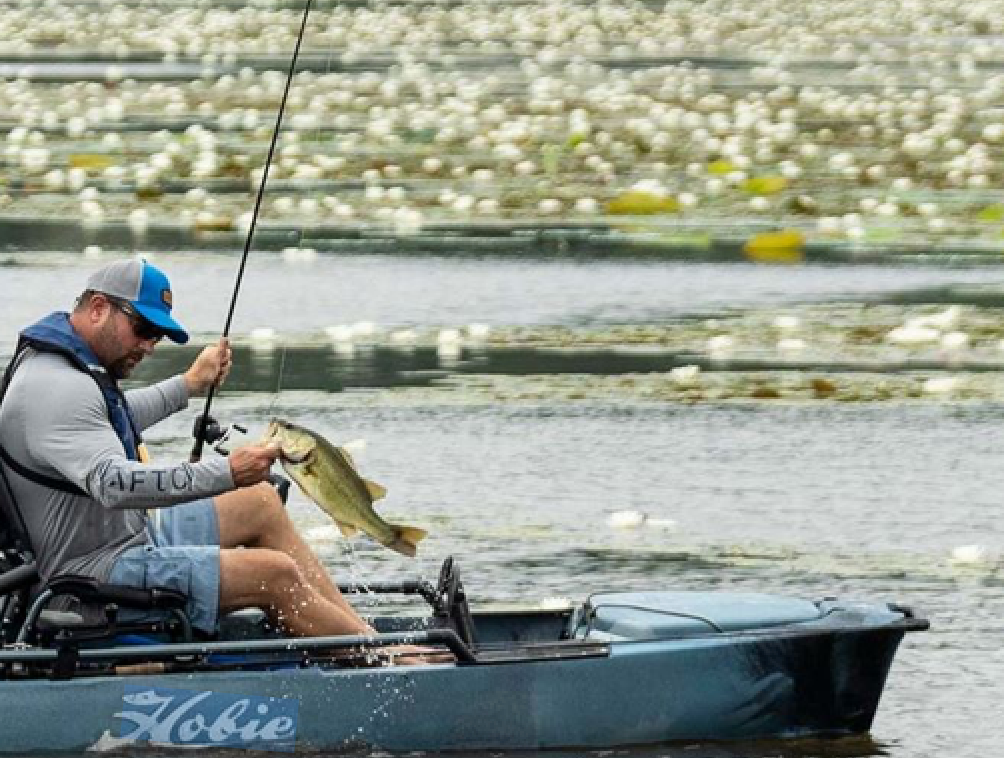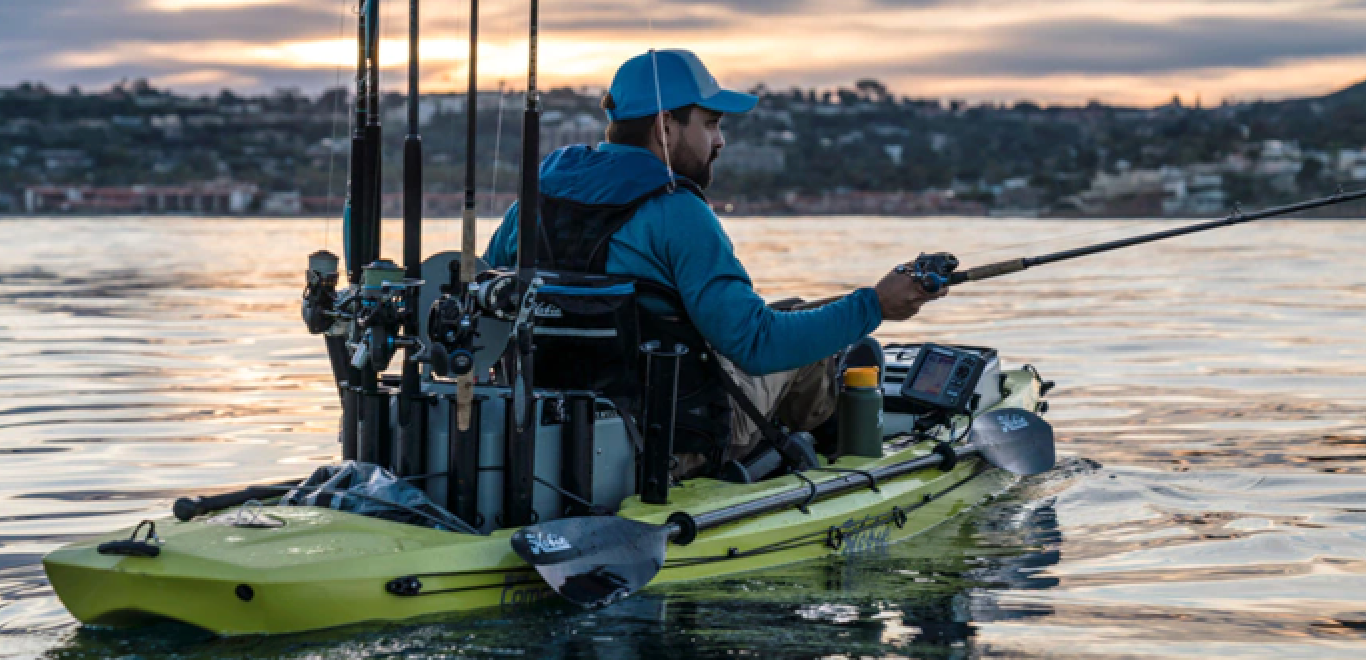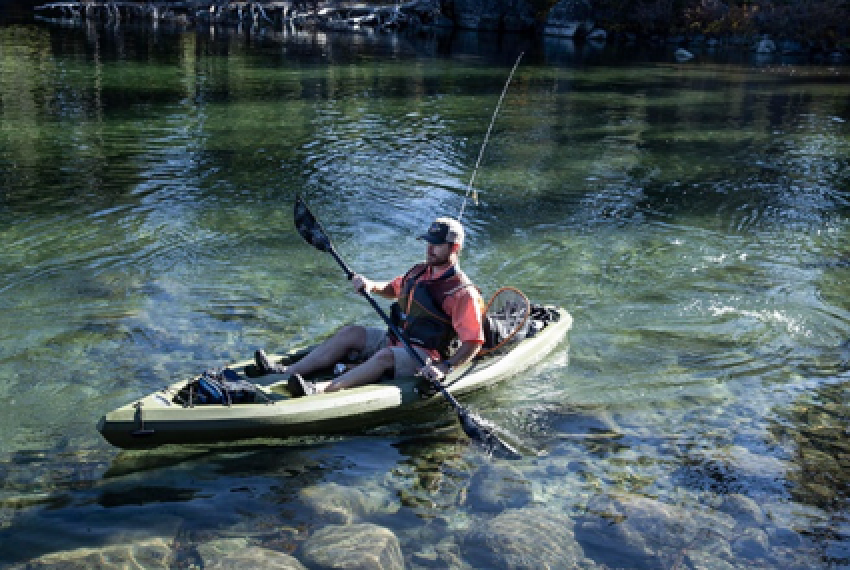Tips For Kayak Fishing and Surviving

Caveat Kayaks
Last year there were 96 kayak-related deaths around the country and this year the number is trending even higher. Most are from drowning, which means by definition, the operators were not on their kayaks. Many fatalities occurred while fishing. Virtually all of the 83 victims were not wearing PFDs (13 were killed by collision with other vessels.)
BoatTEST considers fishing from a kayak one of the most dangerous modes of angling, so every precaution possible should be taken.
Here are 15 tips to having a successful fishing experience on a kayak and how to survive.
1. Have a Checklist
A checklist that you review before leaving home helps ensure that nothing essential is forgotten.
2. Wear a PFD
As noted above, fishing from a kayak is much more dangerous than it seems. Be sure to pack — and wear — a PFD.
3. Have a Plan
It takes a while to get places in a kayak, so you should maximize your fishing time. Think about where you’ll launch given the weather and wind conditions, where you need to get to, where other fishing boats will be, etc. Don’t forget to plan for the return to your launch site.
4. Plan for Survival
The new breed of rotomolded kayaks have a higher center of gravity (CG) making them even more liable to tip over than the conventional fiberglass type of a generation ago where the occupant sat in the bottom of the kayak and the CG was lower.
Fishing kayaks sold today, such as the ones pictured in this article, have a high CG. While they are made wider for standing to spot fish and cast, anglers should only stand in flat water conditions. There is no USCG or ABYC spec for kayak stability.
Anglers choosing to fish from any sort of kayak should prepare for the possibility of capsizing and have a practical way of reboarding the vessel. Prolonged immersion in water, even for one wearing a PFD, can lead to hypothermia and death.
File a float plan with a loved one and provide a time of when you will return. This action has saved many lives over the years.
Carry a waterproof, hand-held VHF radio. If you are in a locale without VHF coverage, consider an EPIRB. Most smart phones will not work if they become wet, even if there is cell coverage where you are fishing.
5. Beware of Powerboats
Kayaks are low to the water and hard to see from a distance. When the sun is low in the sky, powerboat operators might not have good visibility where you are paddling. Also, your kayak — and you — may blend in with the shoreline background.
Publicity photos promoted by makers of fishing kayaks rarely show models wearing day-glow green or other bright colors that are more likely to be seen from a distance.
Powerboat operators tend to drive fast and a moment’s inattention just at the wrong time could end in tragedy. We recommend that anglers in kayaks wear day-glow green, stay away from known powerboat routes and use kayaks with bright colors.
6. Get Organized Immediately
Before the first cast, get organized by having a fish gripper, pliers, camera and other gear exactly where you need them and ready to be used.

7. Troll From Place to Place
Always troll at least one line while you paddle or pedal from place to place. You may get lucky.
8. Use Wind/Current Advantageously
Pedal and motorized kayaks evolved to increase boat control and keep hands free for fishing. Without either, you have to position yourself to drift advantageously at a fishable pace. You can’t be effective if you’re constantly being pushed away from the target fishing area and doing more paddling than casting. You must control your drift.
9. Anchor Up
When wind or current hamper positioning, anchor up. Use a light grapnel or plow (claw) anchor on a rope for deep water. For shallow water, an 8' (2.44 m) stake anchor works well, especially on soft bottoms. (A repurposed push-pole with an attached handle and small lanyard/clip to tether it to the kayak works well, too.)

10. Back Into the Bank or Clip Onto a Limb
Lacking an anchor, or if you’ll only be in a spot briefly, you can back the kayak stern into a soft shallow bank, bush or marsh to stay in one place for a short time (watch your rods and raise the rudder) and fish outward. If you have a short flex cable attached to a brush gripper, you can grab onto a bush/limb/stump/piling.
11. Be Thorough
If you’re casting, work a good location thoroughly, especially if you’ve caught something. Use different lures and retrieves and cover everything in casting range.
12. Be Stealthy
Kayaks are especially useful in shallow environs, where fish are necessarily wary. Don’t knock the kayak with your paddle or other gear, shift equipment around, or do anything to create vibrations. You can get surprisingly close to fish if you move slowly and quietly.

13. Keep the Rod Tip Low
This minimizes the effect of wind when casting, aids accuracy and enables more impactful hooksets.
14. Don’t Stand Up to Cast
Kayak makers say they have designed the boats to be more stable when the occupant is standing. Still, we remind anglers that it will only take a small wave to tip the kayak an inch or two, which could be enough for you to lose your balance.
15. Paddle with One Hand/Arm
This is useful to steer away from obstacles or keep out of current while battling a fish. Align your forearm along the paddle shaft to make short adjustments to the kayak while holding a rod in your other hand, similar to using a canoe paddle. It’s awkward with a double-ended paddle, however. You can also separate a two-piece straight-shaft paddle and use one segment for minor positioning and movements.